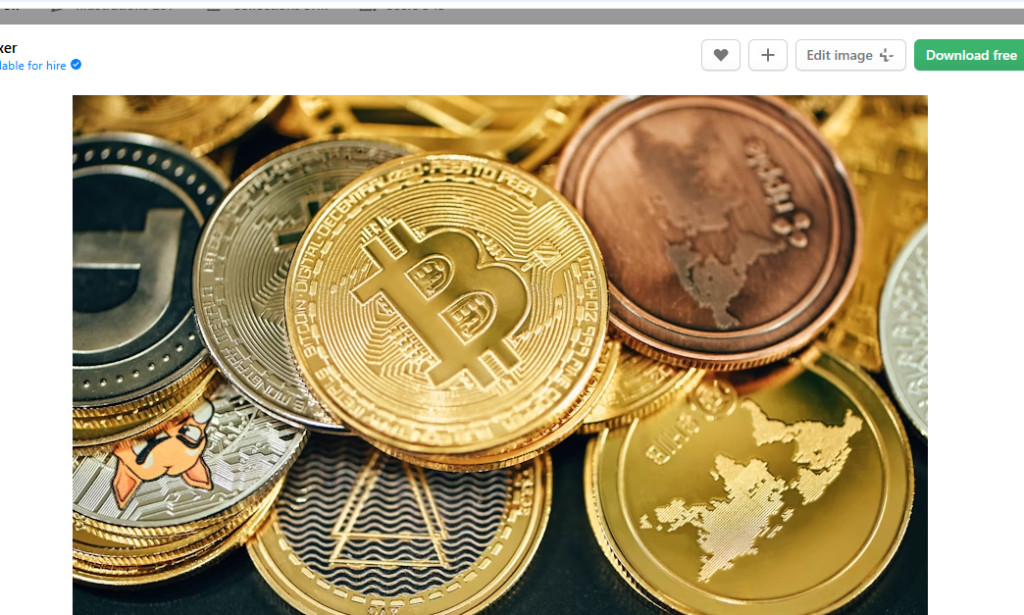Introduction
Money has always been a powerful tool that defines how society functions. From the ancient days of trading salt and gold to the introduction of paper currency and credit cards, the concept of money has continued to evolve. Now, in the 21st century, we are witnessing another historic shift — the rise of Bitcoin, often called digital gold. Bitcoin is more than just a currency; it is a revolution that challenges the traditional financial system, empowers individuals, and redefines the very idea of value and ownership in a digital world.
This article explores how Bitcoin became known as digital gold, why it’s transforming the financial system, and what the future of money might look like in this new era.
Page 1: The Birth of Bitcoin
In 2008, during the global financial crisis, a mysterious figure known as Satoshi Nakamoto introduced Bitcoin to the world through a whitepaper titled “Bitcoin: A Peer-to-Peer Electronic Cash System.” Nakamoto’s idea was simple but revolutionary — a form of money that operates without a central bank or government, allowing people to send and receive payments securely anywhere in the world.
Bitcoin was officially launched in 2009, marking the beginning of a new financial era. It was built on a technology called blockchain, a public digital ledger that records every transaction made with Bitcoin. This innovation ensures transparency, security, and trust without the need for intermediaries such as banks.
People quickly realized that Bitcoin was not just a new currency — it was a new philosophy about financial freedom. It gave individuals control over their own money in a way that was never possible before.
Page 2: Why Bitcoin Is Called “Digital Gold”
Gold has always been seen as a store of value — something that holds worth even when economies collapse. Bitcoin, in many ways, mirrors this quality. It has a limited supply of 21 million coins, making it scarce just like gold. No one can create more Bitcoin beyond that limit, which prevents inflation and preserves its value over time.
But unlike physical gold, Bitcoin is digital and easily transferable across the globe within minutes. It doesn’t require storage, transportation, or heavy security costs. Anyone with internet access can own Bitcoin and send it anywhere instantly.
This is why investors often refer to Bitcoin as digital gold. It provides the same benefits of scarcity and value preservation while adding modern advantages of technology — portability, divisibility, and accessibility. For many people, Bitcoin has become a safe haven against inflation and unstable currencies, especially in regions facing economic challenges.
Page 3: Bitcoin’s Impact on the Financial System
The traditional banking system has long controlled how money moves. People depend on banks for transactions, savings, and loans. Bitcoin challenges this structure by giving individuals the power to be their own bank.
With Bitcoin, there are no middlemen, no hidden fees, and no government interference. Transactions are verified by a network of computers called “miners” who ensure the system’s integrity. This decentralized nature makes Bitcoin resistant to corruption and manipulation.
Bitcoin also supports financial inclusion. Millions of people across the world still do not have access to banking services, especially in developing nations. With just a smartphone and an internet connection, anyone can participate in the Bitcoin economy. It opens new doors for global trade, remittances, and entrepreneurship, removing barriers that have existed for centuries.
Additionally, large corporations and financial institutions are now investing in Bitcoin, seeing it as a hedge against inflation and an asset of the future. Countries like El Salvador even adopted Bitcoin as legal tender, proving that it’s not just a trend — it’s a financial revolution.
Page 4: The Challenges Bitcoin Faces
Despite its promise, Bitcoin’s journey has not been smooth. Its price volatility remains a major concern. The value of Bitcoin can rise or fall dramatically in a short period, making it unpredictable for short-term investors.
Another challenge is regulation. Governments and financial bodies are still trying to understand how to regulate cryptocurrencies. Some countries have embraced Bitcoin, while others have banned or restricted it due to concerns about illegal activities and loss of control over the financial system.
There are also environmental concerns related to Bitcoin mining, which requires significant computing power and energy. However, many developers and organizations are working on greener and more efficient solutions, including renewable energy mining operations.
Despite these challenges, Bitcoin continues to evolve and improve. Its global community of developers and users remains committed to innovation, education, and sustainability.
Page 5: The Future of Money
As digital transformation continues, Bitcoin stands as a symbol of the future of money. It represents trust built through technology rather than institutions. The world is slowly moving toward decentralized finance (DeFi), digital wallets, and blockchain-based solutions that empower individuals rather than corporations.
In the coming years, we might see a world where Bitcoin and other digital currencies coexist with traditional money. Central banks are already experimenting with their own digital currencies (CBDCs), inspired by Bitcoin’s technology. This shows how powerful and influential Bitcoin’s creation has been.
For the younger generation, digital assets are becoming the new normal. As people continue to learn and adapt, Bitcoin could eventually become a global standard for value exchange — borderless, transparent, and fair.


You must be logged in to post a comment.